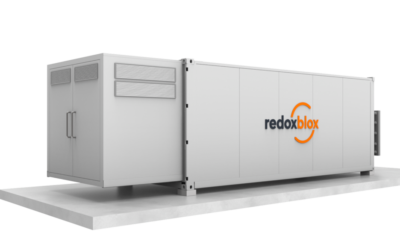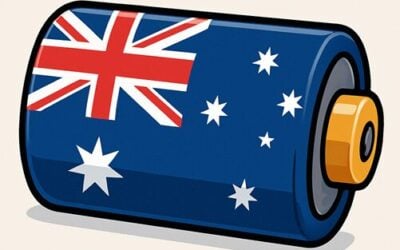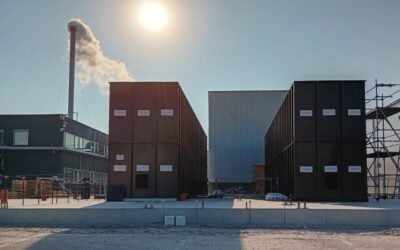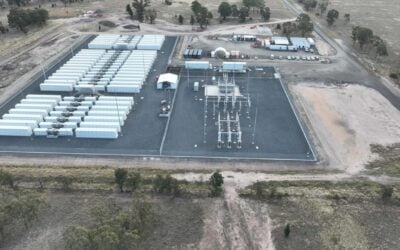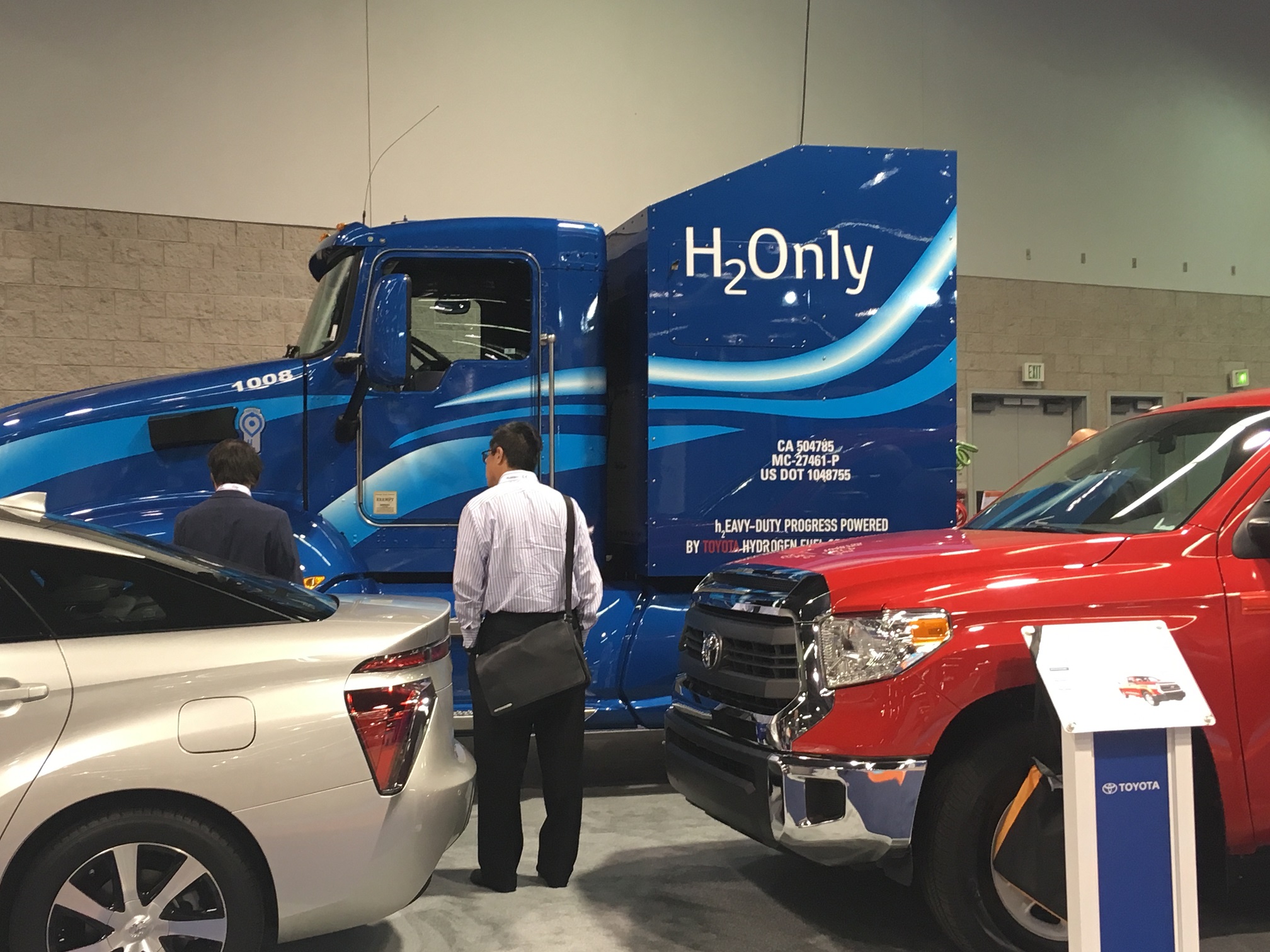
Australia’s government-owned green bank, the Clean Energy Finance Corporation (CEFC), has pledged AU$300 million (US$192 million) of existing funding towards “building investor confidence in renewable hydrogen”.
As part of the government’s mandate for the directions that CEFC financing should take, the sum has been put into the launch of the Advancing Hydrogen Fund, through which the money will be used to “support the growth of a clean, innovative, safe and competitive hydrogen industry,” CEFC said in a statement today welcoming the commitment directive.
Energy-Storage.news recently reported on the Australian Renewable Energy Agency (ARENA) launching a AU$70 million funding round to support the deployment of large-scale hydrogen projects, at which time the launch of the Advancing Hydrogen Fund was also referred to as expected to be imminent. CEFC said it will invest in projects including the ARENA Renewable Hydrogen Deployment Funding Round.
CEFC said its funding could benefit the commercialisation and development of cost-competitive hydrogen projects in areas including transportation, low emissions feedstock for industries including ammonia, methane and steel mills, in fuel for industry including “difficult to electrify” processes that involve heat, in fuel for buildings including bending hydrogen into the existing gas grid – and in generation and balancing where hydrogen could be used for energy storage and in distributed power applications such as off-grid and backup.
Try Premium for just $1
- Full premium access for the first month at only $1
- Converts to an annual rate after 30 days unless cancelled
- Cancel anytime during the trial period
Premium Benefits
- Expert industry analysis and interviews
- Digital access to PV Tech Power journal
- Exclusive event discounts
Or get the full Premium subscription right away
Or continue reading this article for free
“Hydrogen is an extremely versatile energy carrier which is gaining significant support worldwide as the fuel of the future,” CEFC chief executive office Ian Learmouth said.
“We see green hydrogen as offering the most credible pathway to decarbonisation for high emitting sectors and those which lack scaleable electrification options. Together, these sectors are responsible for driving some 30% of Australia’s greenhouse gas emissions,” Learmouth said.
While Learmouth also said that hydrogen can make a “substantial contribution” to the clean energy transition, both in terms of reducing emissions as well as “underpinning the development of an important domestic and export industry,” it remains understood, including by the aims of Australia’s National Hydrogen Strategy, that the associated technologies have some distance to go in bridging the gap to cost-competitive commercialisation.
“In order to get there and to get the cost of green hydrogen down you really need to have government support because this is an infrastructure technology,” Tifenn Brandily, analyst with BloombergNEF told Energy-Storage.news.
“It’s not like you can have a manufacturing plant and produce your modules, ship them to wherever you want in the world, it’s really about building at scale, through infrastructure. You will need scale from the production side. You need large-scale electrolysers. The [typically] 1MW or 2MW electrolysers that pilot projects are installing today, In terms of competition against natural gas that’s not going to cut it,” Brandily said.
The BloombergNEF analyst added that although once the scale of electrolyers reaches something closer to 50MW+ or 100MW+, hydrogen will be competitive, especially in parts of the world where natural gas is expensive, it’s likely to be “challenging” for hydrogen to get there even within the next decade. This site recently reported on the opening of the world’s biggest green hydrogen electrolyser plant so far, a 10MW research project in Fukushima Prefecture, Japan. Meanwhile, one start-up technology provider, Enapter, spoke to the site a while ago about its plan to do exactly what Brandily said would not work and develop small modular electrolysers efficient enough to be cost-effective.
The AU$300 million of CEFC funding will be aimed at commercial projects that draw on either renewable energy, energy efficiency and other low emissions technologies or a combination of those things, while contributing to reducing emissions.
“CEFC finance remains central to filling market gaps, whether driven by technology, development or commercial challenges. We are confident we can use our capital to help build investor confidence in the emerging hydrogen sector, which is an exciting extension of our investment focus,” CEFC CEO Ian Learmouth said.

